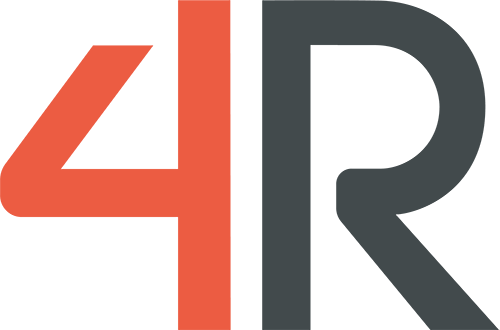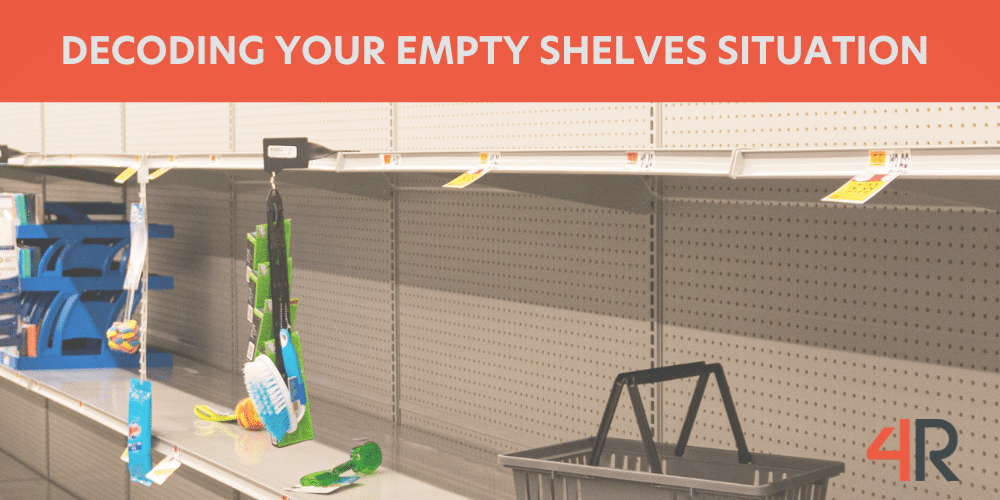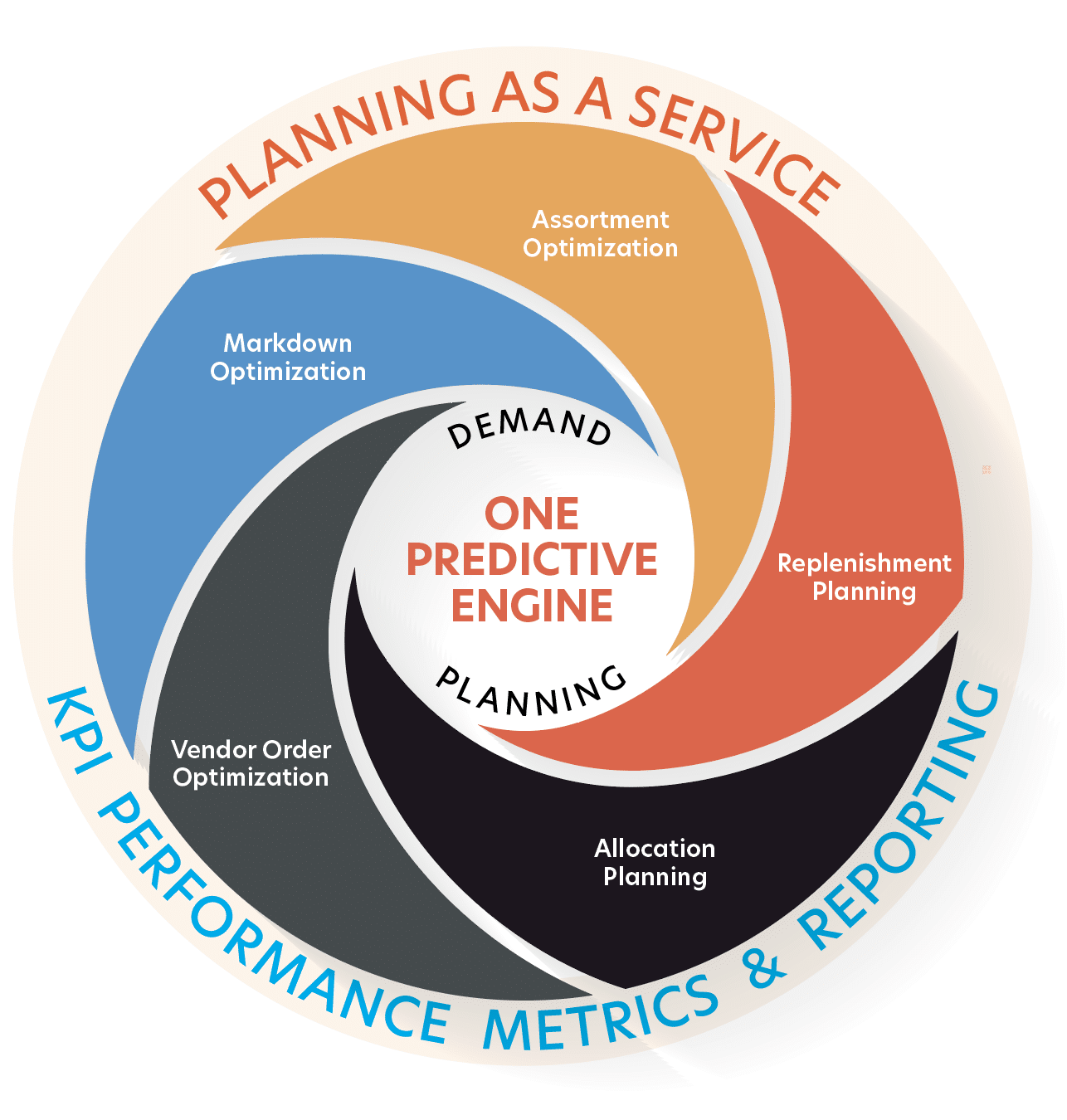Are you really stocking out or managing unproductive SKUs effectively?
As a retailer, seeing empty shelves can be alarming. It might lead you to believe that you are consistently stocking out, resulting in lost sales and dissatisfied customers. However, those empty shelves might not necessarily indicate a problem. Sometimes, they reflect the optimization of inventory – removing unproductive SKUs that don’t contribute to your bottom line. In this blog post, we’ll explore the distinction between stocking out and managing unproductive SKUs, and how 4R can help you optimize inventory availability without merely filling space.
Reasons for Empty Shelves
Stocking Out
Stocking out occurs when a product that customers want to purchase is unavailable. This can lead to lost sales, decreased customer satisfaction, and a negative impact on the store’s reputation. Stock outs indicate that demand forecasting or inventory management need improvement.
Managing Unproductive SKUs
Unproductive SKUs are products that consistently underperform, with low sales and minimal contribution to overall revenue. Keeping these items in stock can tie up capital and take up valuable shelf space that could be used for more profitable products.
The Role of Inventory Optimization in Minimizing Stock Outs and Removing Unproductive SKUs
Inventory optimization aims to balance product availability with cost efficiency. It focuses on keeping in stock the right products in the right quantities to meet customer demand. At the same time, it minimizes excess inventory to reduce carrying costs.
Advanced analytics drive inventory optimization to:
- Identify unproductive SKUs: Advanced analytics identifies SKUs that are underperforming. By analyzing sales data, demand patterns, and market trends, retailers can determine which products are not contributing significantly to sales and profitability.
- Recommend strategic de-stocking: Rather than simply filling shelves for the sake of appearance, AI recommends strategic de-stocking on unproductive SKUs. This approach frees up shelf space for more profitable products and ensures that inventory investment is focused on high-demand items.
- Optimize inventory availability: Inventory optimization focuses on ensuring that the products customers want are always available. This means that the store may look less crowded, but it will be stocked with items that drive sales and enhance customer satisfaction.
Addressing the Appearance of Empty Shelves
- Reassess your product mix. If the store looks empty due to the removal of unproductive SKUs, it might be time to reassess the product mix. Consider introducing new high-demand products or expanding existing popular categories to fill the space effectively.
- Improve merchandising. Effective merchandising can make a store appear well-stocked even with fewer items. Use creative displays, signage, and shelf arrangements to enhance the visual appeal and draw attention to high margin products.
- Communicate with management. Educate the management team about the benefits of inventory optimization. Let them know that while the store might look different, commitment to providing the products customers want, with improved availability and selection is at the core of the decision making.
How 4R Supports Inventory Optimization
1
Advanced Analytics
4R leverages advanced analytics to analyze sales data and identify unproductive SKUs. This data-driven approach ensures that decisions are based on accurate and comprehensive insights.
2
Predictive Forecasting
4R uses predictive forecasting models to anticipate customer demand and optimize inventory levels accordingly. This helps ensure that high-demand products are always available, reducing the risk of stock outs.
3
Strategic Inventory Management
4R provides tools and recommendations for strategic inventory management. This includes advice on which SKUs to de-stock, which to promote, and how to optimize overall product mix.
4
Continuous Monitoring
4R continuously monitors inventory performance and provides ongoing adjustments to ensure optimal stocking levels. This dynamic approach keeps inventory aligned with market conditions and customer preferences.
Empty shelves can be a sign of successful inventory optimization rather than a problem. By identifying and removing unproductive SKUs, retailers can ensure that the store is stocked with high-demand, profitable products. 4R helps retailers achieve this balance through advanced analytics, predictive forecasting, and strategic inventory management. By understanding the distinction between stocking out and managing unproductive SKUs, independent hardware retailers can enhance their inventory management strategies, improve customer satisfaction, and drive growth.
Embrace the benefits of inventory optimization and transform the store’s appearance into a strategic advantage. Contact us for a consultation and discover how can support your business in achieving optimal product availability and profitability.



